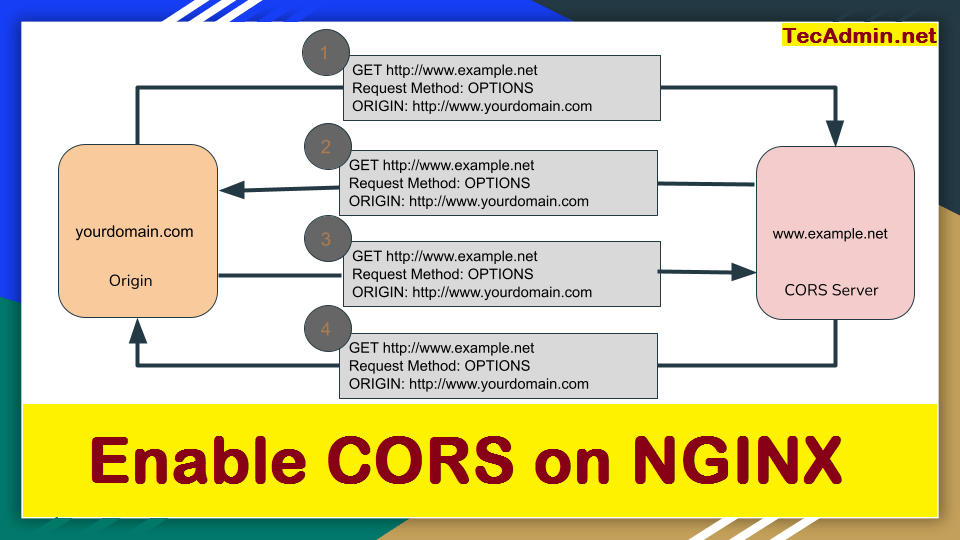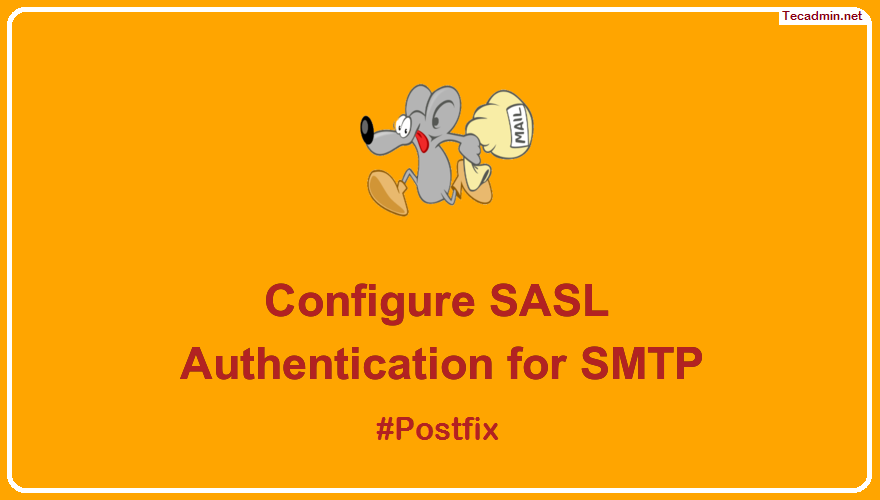Cross-Origin Resource Sharing (CORS) is an important security feature for web applications. It allows web applications to use resources from other domains while preventing malicious access. By enabling CORS in Nginx, we can ensure that our web applications are secure and that they can access resources from other domains. With the right configuration, we can make sure that malicious requests are blocked and that our applications are secure. In this article, we’ll look at how to enable CORS in Nginx. How to Enable CORS in Nginx Nginx is an open-source web server that is often used to serve static content.…
Author: Rahul
Reading a file line by line is a common task in many shell scripts, as it allows you to process each line of a file separately and perform actions based on the contents of each line. There are several ways to read a file line by line in a Linux shell script, but some methods are more efficient than others. In this article, we’ll explore some of the most efficient ways to read a file line by line in a Linux shell script. Using while loop The most basic way to read a file line by line in a shell…
When you add an SPF record to your domain, it helps indicate whether your email is being spoofed or not. The Sender Policy Framework (SPF) system is a standard that can be used by email administrators to prevent spammers from using their domains in the From field of spam messages. For example, if you send emails from your organization’s email address and someone else attempts to use that same address, your SPF record will help other mail servers know it’s not coming from you. An SPF record for your domain indicates which mail servers are allowed to send mail on…
In Python, you can use the `print()` function to print output to the console. By default, the `print()` function adds a newline character at the end of the output, which means that each time you call `print()`, the output will be printed on a new line. If you want to print multiple statements on the same line, you can use the `end` parameter of the `print()` function to specify a string that should be printed at the end of the output. By default, the end parameter is set to a newline character, but you can change it to any string…
In Python, a variable is a named location in memory where you can store and access data. Variables are used to store data values that can be used in your program, and they are an essential part of any programming language. Rules for Declaring Variables in Python There are a few rules that you need to follow when declaring variables in Python: Variable names can only contain letters, numbers, and underscores. They cannot contain spaces or special characters. Variable names cannot begin with a number. Variable names are case-sensitive, so name and Name are considered to be two different variables.…
If you’re managing a Linux server, you may be wondering how to configure Postfix to send emails from external SMTP servers. Postfix is a popular open-source mail transfer agent (MTA) used to route and deliver email on Linux. While setting up Postfix to send and receive email is not difficult, using external SMTP servers can be a bit more complicated. In this article, we’ll walk you through how to configure Postfix to send emails from external SMTP servers. What is Postfix Relayhost? Postfix relayhost is a configuration directive that tells Postfix which external SMTP server to use when sending outbound…
Postfix SASL Authentication is one of the most popular methods for remote SMTP authentication. It’s a secure, reliable, and highly configurable way of sending and receiving emails. Essentially, the Postfix SASL Authentication consists of an authentication server and a client. The client is a mail program that sends the message, and the authentication server validates the credentials of the user. Once authentication is successful, the message is sent and authenticated at the receiving server. The following step will configure the Postfix server to relay emails from a remote SMTP server with authentication. First of all, configure the custom relayhost parameter.…
Have you ever wished you could relay outgoing emails based on the sender’s address? Well, now you can! With the help of sender_dependent_default_transport_maps, you can easily configure Postfix to route outgoing emails based on the email address of the sender. All you need to do is configure the ‘sender_dependent_default_transport_maps’ parameter in the main.cf file. This is an incredibly powerful tool that can be used to easily route emails sent from different domains through different mail servers. It can also be used to route emails from different parts of your organization to different mail servers. So if you’re looking for an…
The ‘find’ command with -maxdepth is a powerful tool in the Linux operating system. It is used to recursively search for files and directories in a given directory and its subdirectories. The -maxdepth flag is used to specify the maximum depth of the search. For example, if the -maxdepth is set to 2, the search will only look at the given directory and its immediate subdirectories. This means that it will not look in any of the subdirectories. This makes the ‘find’ command with -maxdepth a great way to quickly search for something without having to go through all the…
Docker is an open-source platform that enables developers to create, deploy, and manage applications in a lightweight, secure, and efficient manner. It uses containers, which are lightweight and portable, to package applications and related dependencies into isolated environments. Docker containers can be deployed on any operating system and can be used to run applications in any language or framework. Docker is based on the idea of containerization, which is the process of packaging applications and their dependencies in isolated environments. This helps developers quickly and easily deploy applications without having to worry about managing dependencies and configuring system settings. Docker…





